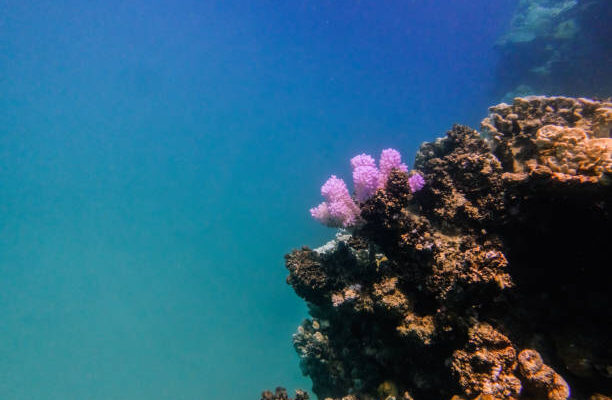As an aquarist looking to cultivate a lively reef tank, selecting the right corals is essential to establishing a flourishing underwater ecosystem. With over 2,000 species of coral to choose from, it can be daunting to know where to start. Focus on finding specimens suitable for a reef tank by considering factors like water conditions, growth rates, aggression levels, and color. Do your research to understand the natural reef habitats of different corals and mimic those environments. Aim for a diversity of coral types and growth forms to recreate the beauty and balance of a natural reef. Most importantly, source corals ethically and responsibly. Your choices shape the health of your miniature reef and have ripple effects on the oceans for best coral for reef tank.
The Best Beginner Corals for New Reefkeepers
When selecting corals for your reef tank, consider both hard and soft corals that require similar lighting and water conditions. Some ideal options include:
– Hardy soft corals like mushrooms, pulsing xenia, and star polyps. These flexible corals sway with water movement and are easy to care for, making them perfect for beginners.
– Small polyp stony (SPS) corals such as acropora and montipora are also good choices if you have adequate lighting and pristine water conditions. These corals feature intricate structures and vibrant colors but require more attention. Start with just a few until you get the hang of their needs.
– Large polyp stony (LPS) corals such as brain corals, bubble corals, and torch corals are easier to care for than SPS and come in a variety of shapes and hues. Their polyps extend during the day and retract at night, adding visual interest.
When purchasing corals, choose those that appear healthy, colorful and firmly attached to their plug or rock. Ask the staff about the specific lighting, flow, and supplemental feeding needs for the corals you select. Quarantine new corals for at least 2 weeks before adding them to your main tank. Carefully monitor all corals to ensure their needs are being met as they adapt to your system.
With regular testing and maintenance, a balanced mix of hardy soft corals and stony corals can help create a stunning and thriving reef ecosystem. Choosing corals suited to your particular reef tank will set you up for success to get best coral for reef tank.
Expert Tips for Creating Reef Harmony With Coral Selection
As a new reefkeeper, starting with hardy, low-maintenance corals is key to success. Some of the best beginner corals include:
– Mushroom corals: These corals are very hardy and come in a variety of bright colors. They require moderate lighting and water flow. Mushroom corals are asexual reproducers, so they will spread over time.
– Zoanthids: Like mushroom corals, zoanthids come in a vibrant array of colors and are easy to care for. They only require low to moderate lighting. Zoanthids reproduce quickly, so they will spread over the rockwork and frag plugs in your tank.
– Kenya tree corals: These corals get their name from their tree-like shape. They are tolerant of a range of water conditions and lighting levels. Kenya tree corals grow at a medium pace and require moderate feeding 1-2 times per week.
– Star polyps: Star polyps are easy to care for and reproduce through spreading. They open up like little stars in low to moderate lighting. Star polyps require medium flow and moderate feeding 2-3 times per week.
– Leather corals: There are several types of leather corals, including finger leather, toadstool, and plate corals. Most leathers are quite hardy and tolerate a range of conditions. They require moderate lighting and water flow and should be fed 2-3 times per week. Leathers grow at a medium pace.
By starting with a few of these easy-to-care-for corals, you’ll gain valuable experience in keeping a reef tank. Once you’ve mastered the basics, you can consider adding more challenging corals to your thriving reef ecosystem.










Comments